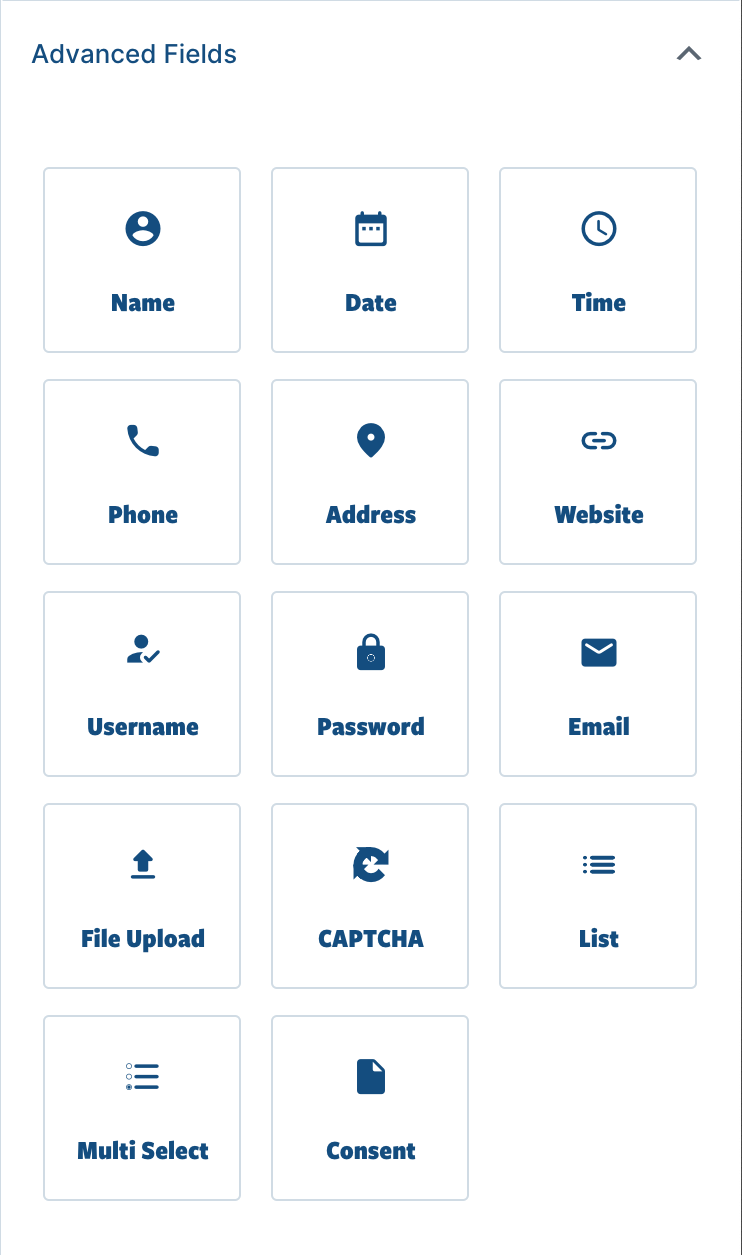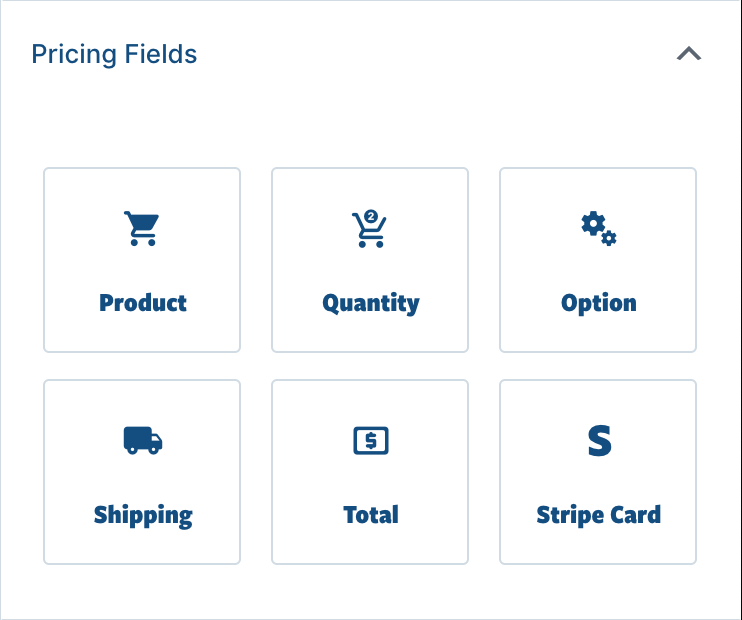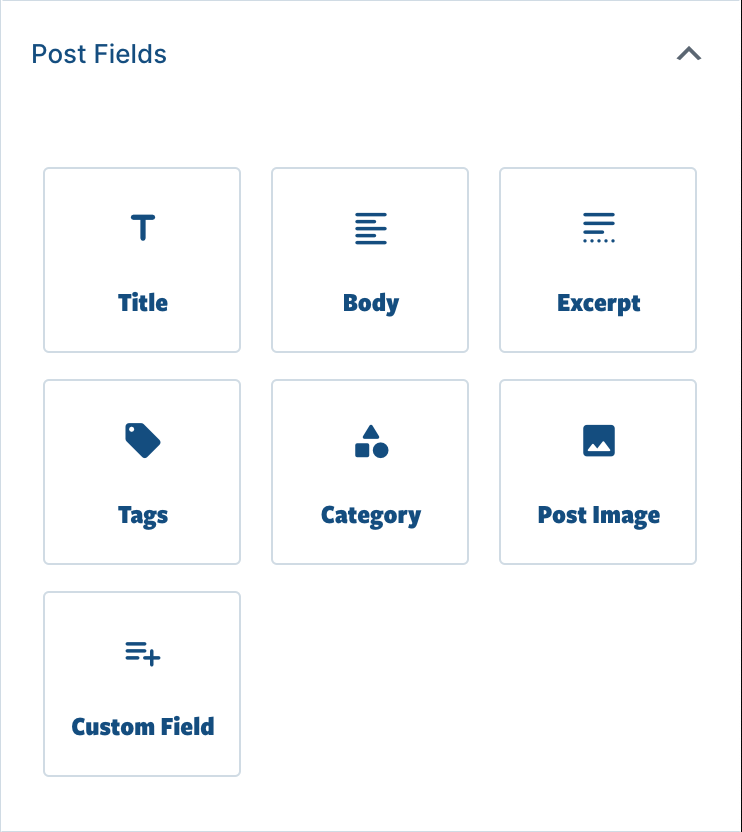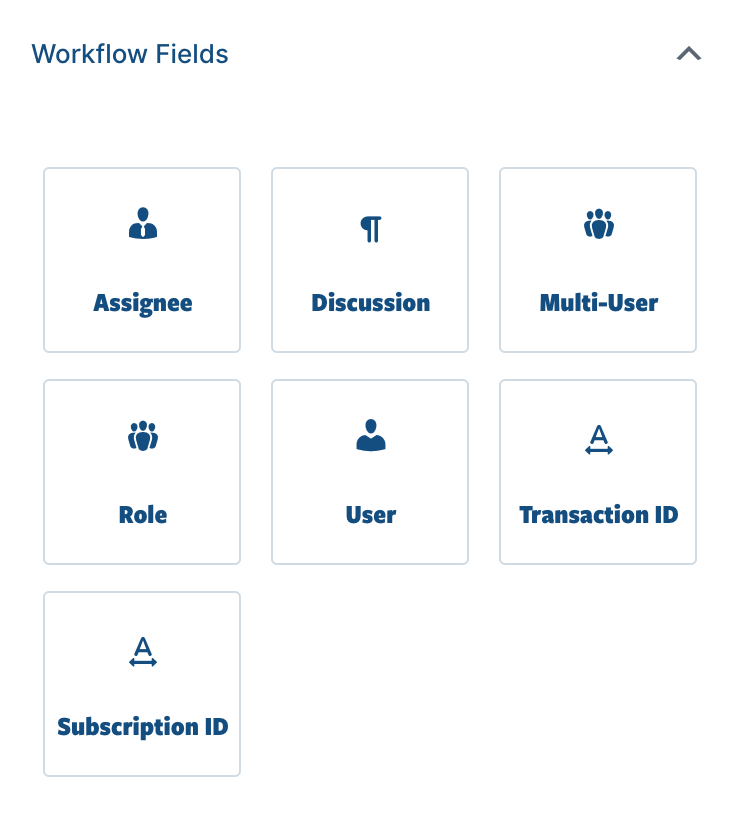Native Forms and Payment Processing
WHAT IT IS:
Forms are the most important element of a website’s user interface apparatus. Our advanced web forms are an especially powerful native data capture and payment processing solution.
Unlike other campaign websites, Digital Dot Democrat enables you to create custom forms for landing pages that are actually a part of your website, instead of being forced to use 3rd-party platforms like ActBlue or NGPVAN as the primary vehicle for users to interact with your campaign.
When a user fills out a native form to submit information, that data entry gets sent to the website’s own server, and then can be entered into any custom automated workflow and/or sent to any API endpoint that you might need.
For the purposes of digital strategy optimization, it’s very undesirable to make users navigate to a 3rd-party landing page (e.g. ActBlue, etc.), or use embedded forms that are actually hosted on a different server than your website (e.g. NGPVAN, Typeform, Google Forms, etc.). In either case, the data doesn’t touch your website’s database, and that severely limits your website’s capabilities, degrades the user experience, and fragments your analytics data in a way that you won’t be able to gather accurate and actionable insights.
No need for 3rd-party forms
It’s just a bad idea to send your users away to a different website to fill out a form (whether it’s an email sign-up, a donation, an event RSVP, or any other submission), and we’ll get into some of the reasons below. But first, let’s take a look at some of what you can do with native forms on a Digital Dot Democrat website.
Pre-configured standard forms (e.g. for a donation, or a name & email sign-up/ petition form) can be placed anywhere on any page, making it easy to create custom landing pages on your website. This allows for maximum flexibility when it comes to design, content, and layout. And of course, any new custom forms can be created for any purpose, if an existing one doesn’t have the necessary input fields.
Some features include, but are not limited to:
- Native integration with basically any CRM/ Email Service Provider, and other apps like Slack, Twilio, Help Scout, and more
- Use webhooks to send data to any API endpoint. For example, custom CRM, SMS, or even VoteBuilder actions (like adding to or editing a person’s data object, or adding them to a list and/or segment)
- Payment processing via Stripe for donation forms (Better than ActBlue— access funds faster, and lower processing fees.)
- Create custom polls, surveys, and much more
- Custom automated emails for users and admins
- Conditional logic for anything— like conditionally visible form fields, dynamic email content, conditional recipients for admin notifications, custom webhooks, and more. It’s basically a superpower, being able to dictate how the website reacts to a user state, action, input, etc. There are countless ways conditional logic can be used, but the essential concept is this— “If this condition is true, then do this action. Otherwise, do something else.”
The possibilities for custom forms are endless. Perhaps the campaign needs to post a job/ internship application form with a file upload field that automatically emails the submissions with attachments to specific stakeholders. Or a contact page form that delivers messages directly to a special Slack channel, so that nothing falls through the cracks when a voter reaches out to the campaign. There are dozens of useful form fields and modules to craft the perfect form for any kind of custom landing page the campaign may need.
WHY IT MATTERS:
Making the most of hard-earned traffic.
There are plenty of good reasons not to drive visitors away to a different website just to fill out a form. It’s better for analytics, conversion tracking & optimization, and it’s just an overall better user experience when you maintain a consistent visual identity. Also, by keeping the user on the website, we can keep providing them with suggestions about something else to do or other pages to visit, even (especially) after a conversion.
For example, this “Thanks” page redirect (after a donation is made) gives the user the option to activate their user account, if they’re not already logged in to the website (read more about user accounts). Keeping the user on the website also means we can create pages with personalized dynamic content, like the way we include the user’s name on the “Thanks” page, as well as automatically suggesting a username to activate their account.
Making it easy for users to take action.
Also on that “Thanks” page, there’s a section offering yard signs. The user’s data is also passed into this form, auto-populating hidden input fields. So, they can request a yard sign with one click after making a donation. That yard sign request gets sent separately as a new entry, triggering different automated emails, and if necessary, can send the data to different API endpoints.
Likewise, if a user is logged into their account, forms will automatically be filled out with their saved information.




